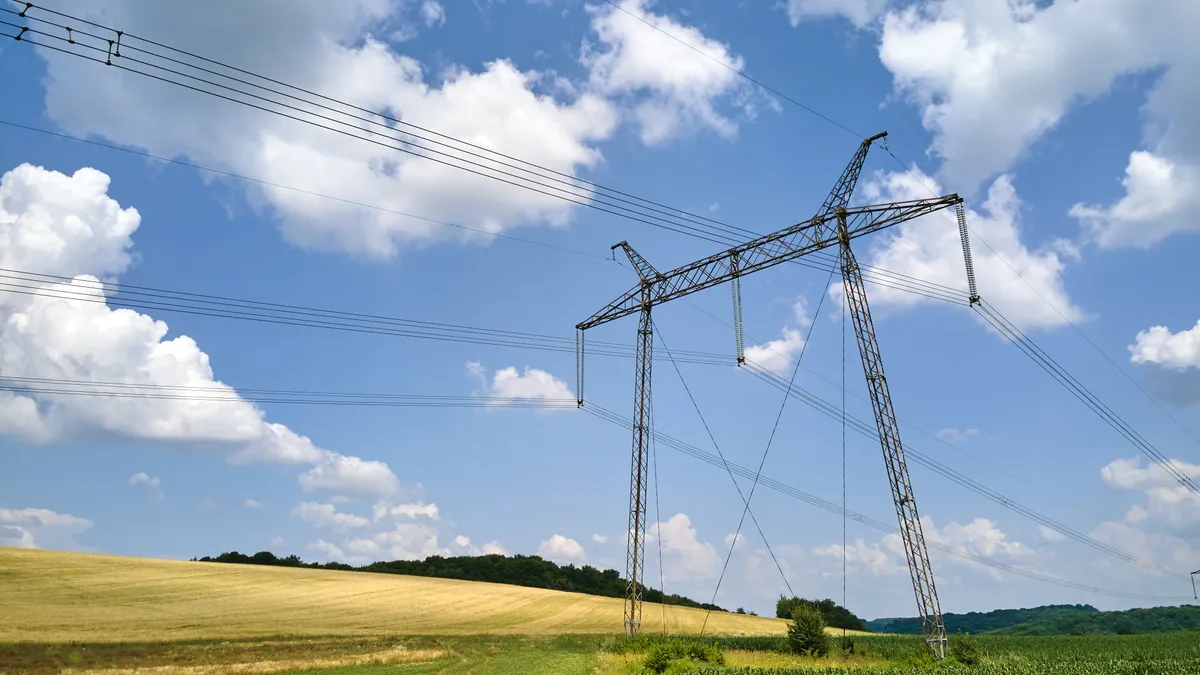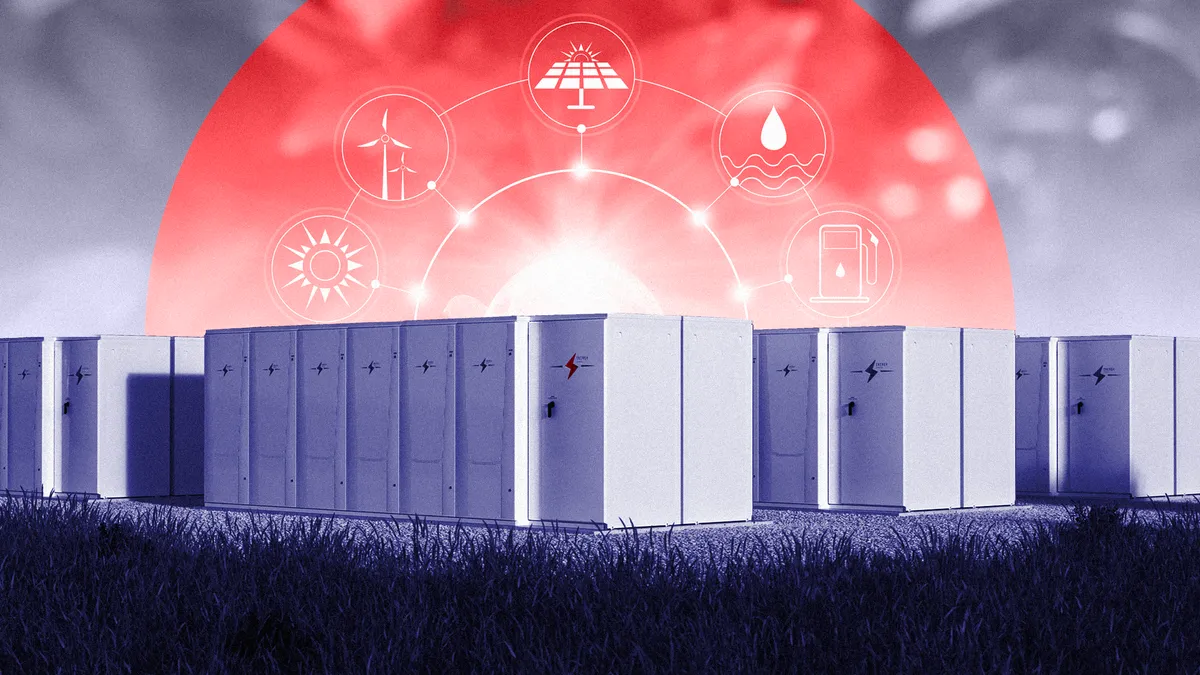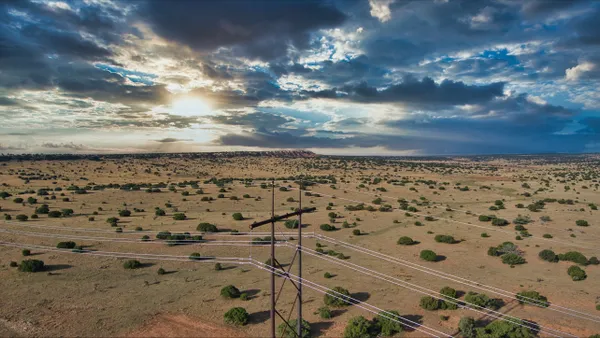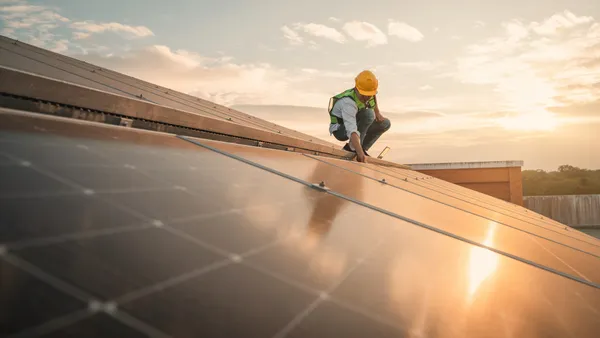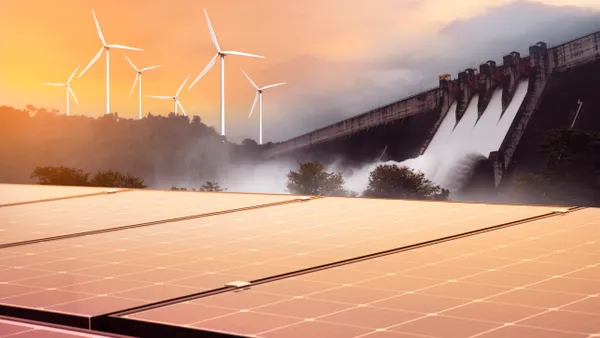Dive Brief:
-
A new report by the City University of New York (CUNY), the National Renewable Energy Laboratories (NREL) and Meister Consultants examines the barriers to deploying solar-plus-storage installations in New York City.
-
The biggest hurdle for what the report calls “resilient solar” is the high cost of battery storage and the fact that there are no existing state or city incentives for those systems.
- The report also notes that resilient solar could provide ancillary grid services if not for the high capacity limits set by the New York ISO.
Dive Insight:
Hurricane Sandy was a wake-up call for improving the resiliency of the electric power system in city and state of New York.
In the wake of the 2012 storm, reliability and resiliency were included as core components of the state’s 2015 energy plan.
But despite a robust 50%-by-2030 renewable portfolio standard, there are still no formal state level targets for energy storage. New York City, however, is taking the initiative. In September Mayor Bill Di Blasio (D) announced a 100 MWh-by-2020 target for solar + storage installations.
Progress has been slow, however. By year end 2016, the city had only installed 4.8 MWh of energy storage.
A new report by CUNY, NREL and Meister Consultants aims to address the barriers to meeting the city’s storage goals. Many of the barriers identified in the report are regulatory, including permitting processes for lithium ion batteries and ancillary service rules at the New York ISO.
The Fire Department of New York is currently working with utility Consolidated Edison and battery vendors to devise safety standards for behind-the-meter batteries in city buildings.
The report lays out steps that need to be taken to speed the adoption of storage in New York City and says that through the city’s Smart DG Hub it will engage in community outreach and will monitor and update its findings.




